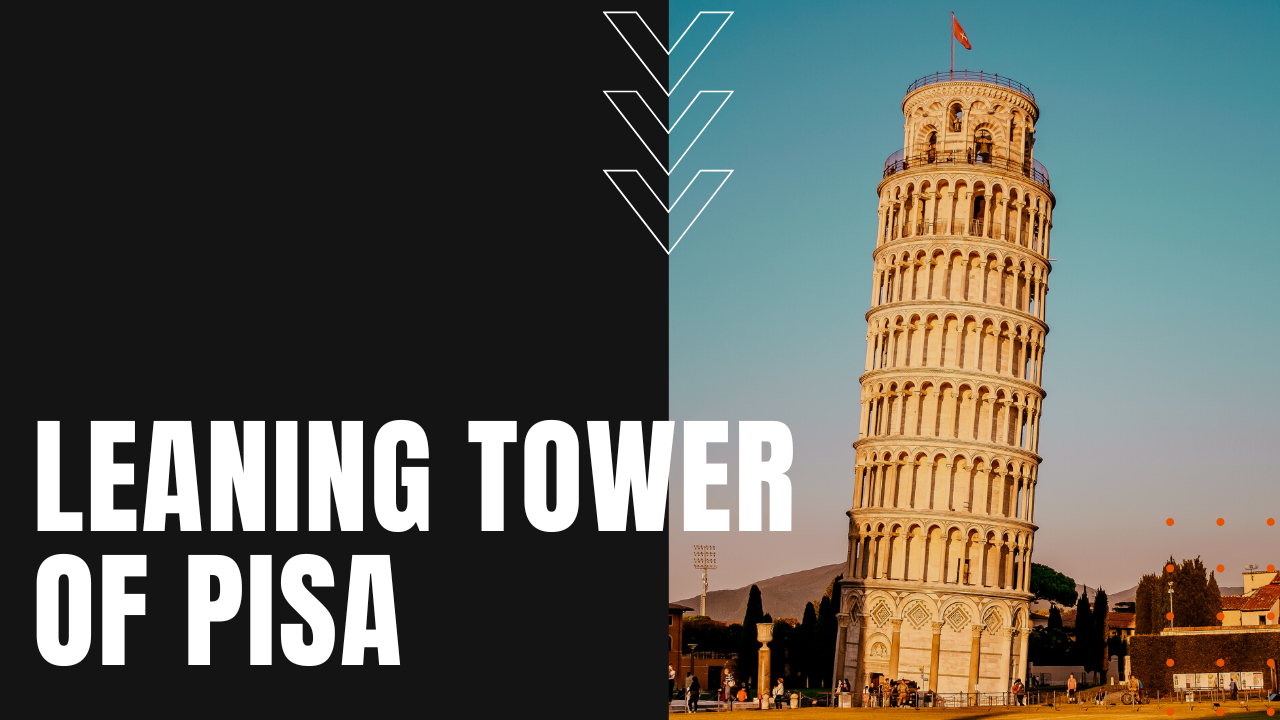Leaning Tower of Pisa History

When Was The Leaning Tower of Pisa Built?
Beginning on August 9th, 1173, the Leaning Tower of Pisa broke ground on a three-stage construction project that spanned the next 199 years, despite the fact that the bell tower for the Pisa Cathedral began to sink after construction had progressed to the second floor.
Why Does the Tower of Pisa Lean?
Built on unstable subsoil and an insufficient foundation, construction was halted when the Republic of Pisa went to war against the Italian city-states of Genoa, Lucca and Florence, giving the underlying soil time to settle before construction resumed in 1233.
The seventh floor was completed in 1319, while the bell chamber was added in 1372, followed by the installation of seven bells—one for each note of the major scale.
Galileo, Nazis, and Other Leaning Tower Uses
When Galileo Galilei lived in Pisa from 1589 to 1592, records indicate that he repeatedly dropped two cannonballs of different masses from the leaning side of the tower, as a demonstration that their speed of descent was independent of their mass—in keeping with the law of free fall in physics.
During World War Two, Allied intelligence officer Leon Weckstein confirmed that the Nazis were using the tower as an observation post, but after he informed his superiors about the alabaster beauty of the cathedral and its leaning bell tower, Allied war leaders spared the sight from destruction.
Restoring the Leaning Tower
Numerous attempts have been made to restore the tower to a vertical orientation, although since 1964, the Italian government determined that some degree of tilt was necessary to draw tourists into Pisa. The tower was subsequently closed to tourism in January of 1990, after the abrupt collapse of the Civic Tower of Pavia, leading to the addition of 870 tons of lead counterweights to the high side of the tower, which straightened it slightly.
The bells were removed to relieve some top weight, while anchor cables were attached to the third floor of the high side, until 1,342 cubic feet of soil could be removed from underneath the raised side of the foundation, straightening the tower from its worse tilt of 5.5 degrees to its current lean of nearly 4 degrees off center, making the Leaning Tower of Pisa, a recurrent bad dream for contractors everywhere.
